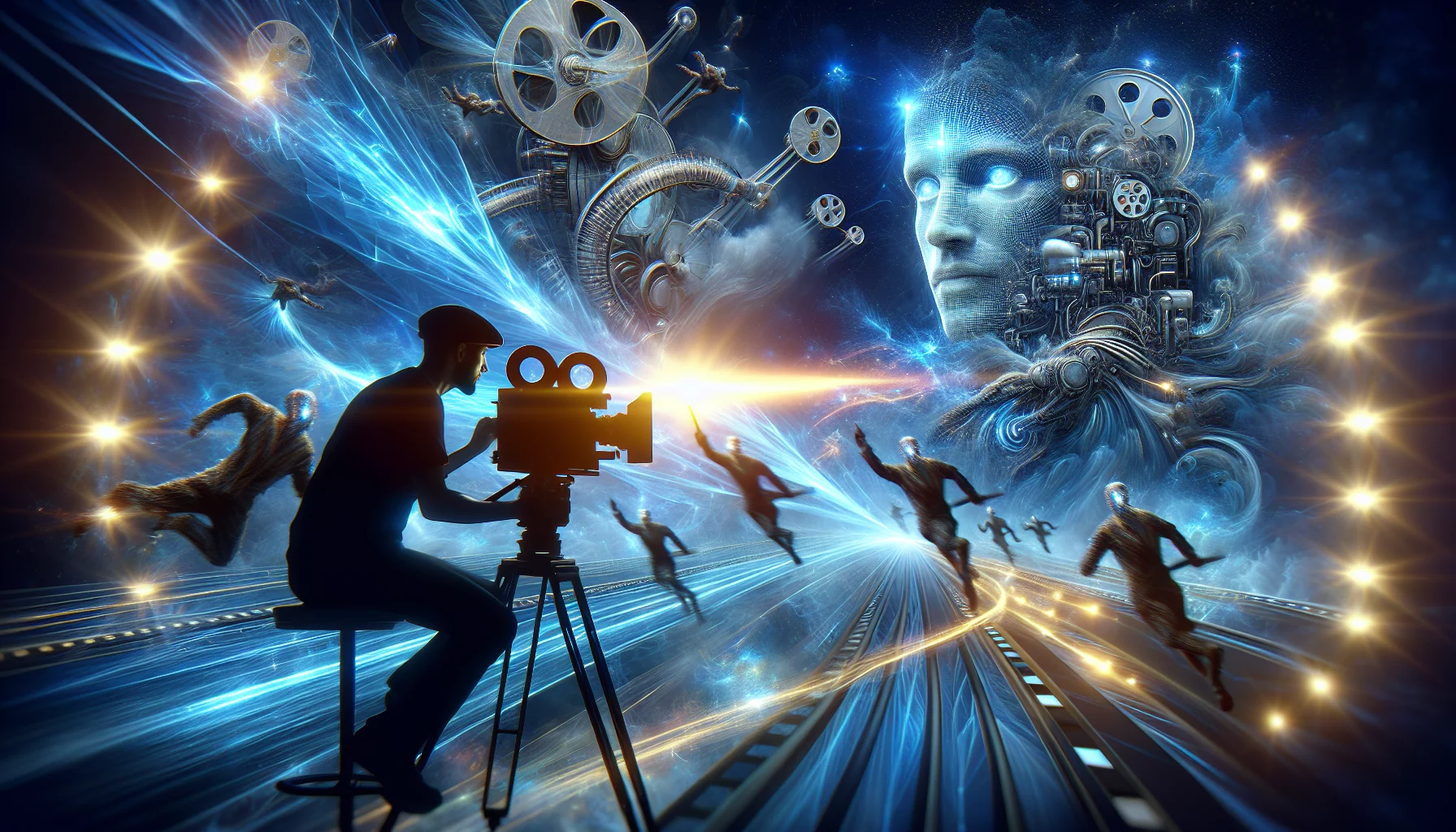Adverts
Welcome to our blog! Today we're going to explore a fascinating topic: Hollywood innovations and how technology is changing cinema. Get ready to dive into a universe full of technological advances that are revolutionizing the way films are produced and watched.
Adverts
In recent years, we have witnessed a real boom in new developments in the world of cinema. From the emergence of 3D technology to the use of impressive visual effects, film productions have increasingly benefited from technological advances to offer viewers a unique experience.
In this article, we will explore some of the key innovations that have impacted the film industry. Let's talk about the techniques used to create incredible special effects, such as motion capture and virtual reality. Additionally, we will discuss how these technologies are changing the way films are produced and consumed.
Prepare to be surprised by the possibilities that technology has brought to cinema. Follow our blog and discover how the entertainment industry is reinventing itself to provide an increasingly immersive and exciting cinematic experience. Stay tuned for more information about Hollywood innovations and how they are transforming the world of cinema.
Adverts
The advantages of technological innovations in cinema
Cinema has always been one of the most popular and captivating forms of entertainment, but with the advancement of technology, it is transforming into something even more incredible. Hollywood innovations are revolutionizing the way films are produced, watched and appreciated by the public. In this article, we will explore some of the advantages that these innovations bring to cinema, making it more immersive, exciting and memorable.
1. Enhanced visual experience: Visual technologies used in Hollywood are providing viewers with a more realistic and immersive cinematic experience. High definition, advanced special effects and innovative cinematography create vivid, stunning images, transporting audiences into the story. With the use of techniques such as motion capture and virtual reality, viewers have the feeling of living the adventures of the characters on screen.
2. High-quality sound: Sound quality has also been improved with technological innovations in Hollywood. Surround sound systems and immersive audio provide a richer, more immersive listening experience. The three-dimensional sound and high-fidelity sound effects make audiences feel part of the action, experiencing every sonic detail of the film.
3. New ways of telling stories: With technological innovations, filmmakers have creative tools at their disposal to tell stories in innovative and surprising ways. Augmented reality and virtual reality, for example, allow viewers to interact with the film's environment, exploring virtual sets and objects. Furthermore, editing and post-production techniques are increasingly advanced, enabling the creation of complex and impactful narratives.
4. Access to a variety of content: Technology has also provided greater access to a variety of cinematic content. Streaming platforms and video on-demand services allow audiences to watch films from different genres, eras and countries, expanding entertainment options. Additionally, digital distribution technology has made it easier for independent filmmakers to share their works, democratizing access to cinema.
5. Interaction with the public: Technological innovations have also allowed greater interaction between filmmakers and the public. Social networks, applications and specialized websites offer spaces for discussions, criticism and sharing of opinions about films. This direct interaction with the audience allows for faster and more efficient feedback, allowing filmmakers to better understand what the audience wants and create films that meet their expectations.
Conclusion
Technological innovations in Hollywood are transforming cinema into an even more immersive and exciting experience. With vivid images, high-quality sound, innovative storytelling and greater access to varied content, the advantages of these innovations are numerous. Technology is bringing filmmakers closer to audiences and allowing both to explore new creative possibilities. Therefore, prepare yourself for a future of cinema full of surprises and emotions, where technology will continue to revolutionize the seventh art.
Conclusion
In conclusion, technological innovations are playing a key role in transforming cinema in Hollywood. Through the use of new technologies such as virtual reality, advanced computer graphics and artificial intelligence, filmmakers have been able to create immersive and visually stunning cinematic experiences.
Technology has allowed directors to explore new creative horizons, expanding the narrative and visual possibilities of cinema. Increasingly realistic special effects and digital sets are enabling the creation of completely new worlds, transporting viewers to alternative realities and immersing them in captivating stories.
Additionally, technology is changing the way films are produced, distributed and watched. Digital production has reduced the costs and time required to create a film, allowing independent filmmakers to have access to high-quality resources and equipment. Online and streaming distribution is democratizing access to films, allowing a greater variety of productions to reach the public.
However, it is important to emphasize that the use of technology in cinema does not replace the importance of narrative and the talent of filmmakers. No matter how advanced technology is, it is just a tool in the hands of creators. It is still necessary to tell relevant and exciting stories, with well-developed characters and impactful dialogue.
In short, technological innovations are revolutionizing cinema in Hollywood, providing increasingly immersive and visually stunning cinematic experiences. Technology is changing the way films are produced, distributed and watched, opening up space for new talent and expanding the reach of productions. However, it is essential to remember that, behind all this technology, what really matters is the narrative and the ability of filmmakers to tell stories that move and captivate the audience.

